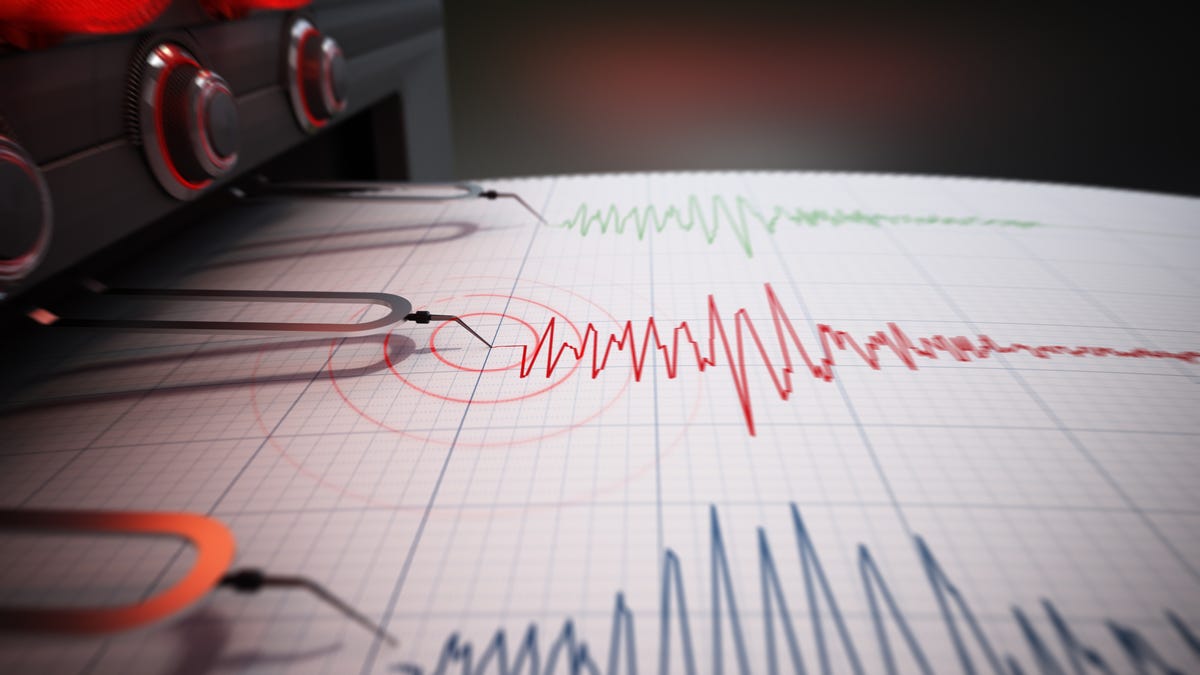World
Breakingviews – El Nino will brew up potent new economic storm
/cloudfront-us-east-2.images.arcpublishing.com/reuters/WYV4XIGODZIKXMNDSSUHJ7OQAQ.jpg)
MELBOURNE, July 4 (Reuters Breakingviews) – Just when you thought it was safe to hope interest rates might soon peak, along comes more bad news. It looks likely that the El Nino weather phenomenon has returned, according to both the U.S. National Oceanographic and Atmospheric Administration and the Australian Bureau of Meteorology. Its appearance usually results in, or exacerbates, floods, heatwaves, water scarcity and wildfires, especially in the southern hemisphere. The damage these inflict on crops and infrastructure is inflationary, putting pressure on central banks to tighten monetary policy. If climate change makes such events stronger and more frequent, supply shocks will become embedded.
This year’s El Nino is shaping up to be a record breaker. The phenomenon is created when the surface temperature of the eastern and central Pacific Ocean is at least 0.5 degrees Celsius warmer than average, weakening or reversing the flow of the trade winds. The strongest one to date was in 2016, when the sea surface temperature hit 2.6 degrees above average; that level could reach 3.2 degrees Celsius this November, Australian meteorology’s finest revealed a couple of weeks ago.
So far, traders have focused on some of the commodities most likely to be affected. Rice futures hit an almost 15-year peak in June, excluding a 2020 pandemic spike. India, Thailand and Vietnam, the three largest exporters of this staple, have already this year experienced record or near-record high temperatures and tend to suffer from hotter, drier weather due to El Nino. In anticipation of water shortages, Thai authorities in May asked farmers to plant just one, rather than two, crops this year. Vietnam has already been under drought conditions, which has also affected yields from its robusta coffee trees. The country is the top producer and exporter of the bean which is used for instant coffee as well as making up around 15% of Italian espresso blends. Last week, the robusta futures contract reached its highest price since being introduced in 2008, having risen 60% this year.
By one reckoning, a single El Nino event might seem manageable. It can push up the price of oil almost 14% and non-fuel commodities by more than 5% within a year of an event, the International Monetary Fund calculated in 2015. But the biggest increases in overall inflation over a 12-month period were only around 1 percentage point and limited to a handful of the most exposed countries like Brazil, Indonesia and Mexico, the IMF analysts concluded. Researchers at the University of Dartmouth this year extended the timeframe and estimated that the 1998 El Nino, the second strongest on record, caused global economic losses of $5.7 trillion, in 2017 dollars, over five years.
Much has changed since then. First, the world is warmer: the eight years since the IMF paper have also been the world’s eight hottest on record – even with cooler Pacific Ocean temperatures since 2020 giving rise to El Nino’s opposite, La Nina. On the one hand, global warming has exacerbated aridification in parts of Europe, China, Southeast Asia and the United States, some of which El Nino may yet worsen. On the other hand, it creates the conditions for heavier deluges because for every 1 degree Celsius increase in its temperature, the air can hold 7% more water. That means crops which usually benefit where El Nino brings wetter conditions – such as U.S. soybeans, which have been hit hard by lack of rain – now face a greater risk of being swamped.
Oceania felt some of those effects during La Nina. A second consecutive year of floods in Australia contributed to food inflation rising at an annualised rate of 9% in the three months to September 2022, its highest level since 2006, per Rabobank. Meanwhile, New Zealand’s fruit and vegetable price index spiked 22% year-on-year in March, a month after cyclone Gabrielle hit. Heavy downpours – and frost – also depleted harvests of arabica coffee in top exporter Brazil and other Latin American countries in 2021 and 2022, pushing the futures price up to a decade high in February last year. That also helped spur increased demand for robusta beans.
The direct impact of El Nino- and La Nina-affected weather on sowing, growing and harvesting is not the only economic consideration. Infrastructure can be damaged or destroyed: early last year, for example, floods swept away a 30-kilometre stretch of the only rail line that transported food to Western Australia. And sugar futures may in part have hit an almost 12-year high in June due to concerns that excess humidity could bring a repeat of the 60% increase in work stoppages that beset Brazil’s cane fields in 2016, per Barclays. But there was another reason: a combination of a disappointing crop last season and the prospect of El Nino causing water shortages prompted India, the world’s second-largest producer, to effectively ban exports until next year.
There are other recent examples of protectionism under the guise of national food security. Last year New Delhi banned exports of what’s called broken rice and imposed a 20% levy on other grades heading overseas after below-average monsoons, even though its stock levels were decent, notes Barclays. The restrictions are still mostly in place. In April last year, meanwhile, Indonesia temporarily banned the export of palm oil – used in all manner of foodstuffs and other goods – as domestic cooking oil prices surged. It’s not hard to imagine the country, which accounts for more than half of all palm oil exports, using El Nino to justify reimposing the embargo, or other producers of agricultural goods taking similar actions.
All these uncertainties are a store of potential supply shocks capable of driving up prices over the next year alone. Rising temperatures due to climate change will make them more endemic; the World Meteorological Organisation in May declared there’s a 98% chance that the next five years will be the hottest period on record thanks to the combination of greenhouse gas emissions and El Nino. After struggling to cope with an inflation storm caused by the pandemic and the war in Ukraine, policymakers have a potent new economic hurricane coming their way.
Follow @AntonyMCurrie on Twitter
CONTEXT NEWS
The Australian Bureau of Meteorology on June 20 updated its estimate for the mean surface temperature of the sea in the east-central tropical Pacific Ocean to be 3.2 degrees Celsius above average in November this year. The metric is one of the key inputs for assessing whether El Nino conditions will return, with the base case being 0.5 degrees Celsius above average. The Australian BOM on June 6 raised its El Nino outlook status from “Watch” to “Alert”, meaning it sees a 70% chance of the weather system developing this year.
On June 8 the U.S. National Oceanographic and Atmospheric Administration’s Climate Prediction Center issued an advisory that El Nino conditions “are present and are expected to gradually strengthen into the Northern Hemisphere winter”.
The highest temperature reached in any past El Nino was 2.6 degrees Celsius above average in 2016.
Editing by Peter Thal Larsen, Katrina Hamlin and Thomas Shum
Our Standards: The Thomson Reuters Trust Principles.
Opinions expressed are those of the author. They do not reflect the views of Reuters News, which, under the Trust Principles, is committed to integrity, independence, and freedom from bias.

World
Biden to Speak at White House Correspondents' Dinner, Protests Planned
World
Putin likely didn’t intend for Navalny to die in February, US intelligence agencies assess: report
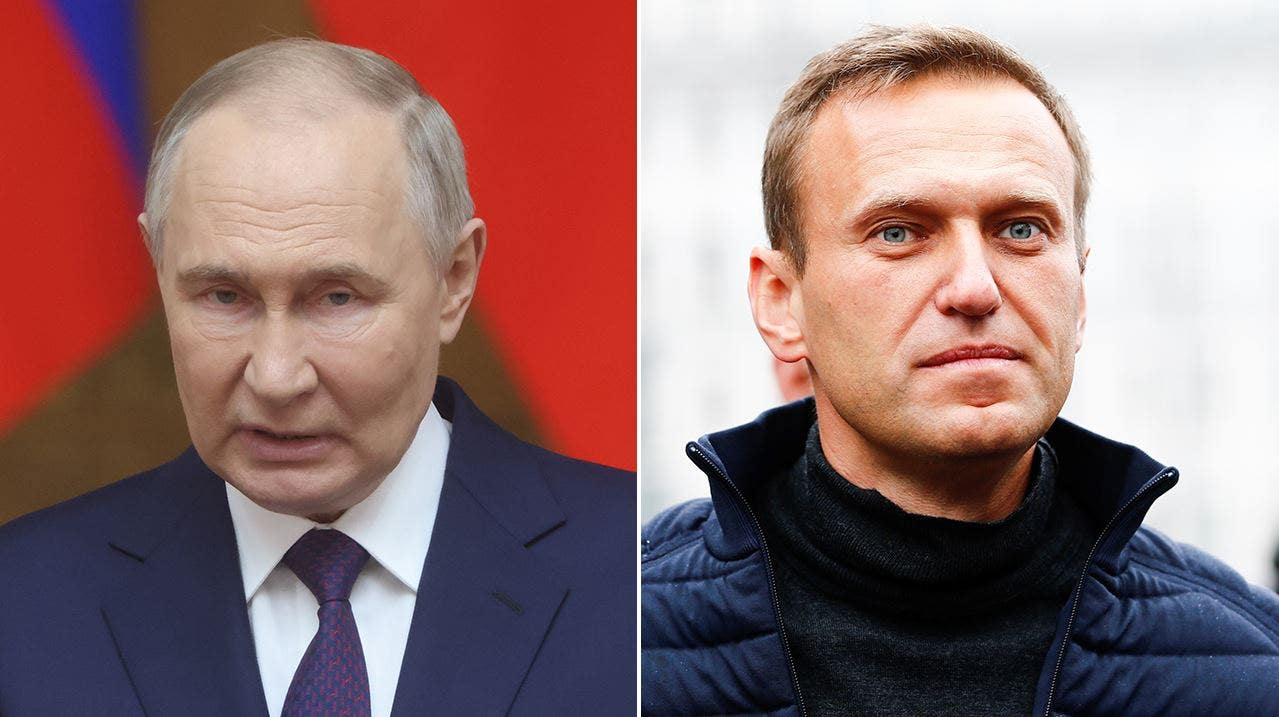
Trump: Putin ‘probably’ involved in Navalny’s death
Former President Donald Trump joins ‘MediaBuzz’ for an exclusive interview on clinching the Republican nomination, the sudden death of Russian opposition leader Alexei Navalny and his language choices on illegal immigrants.
Russian President Vladimir Putin likely didn’t order the death of opposition leader Alexei Navalny when the 47-year-old collapsed and died in February at an Arctic penal colony, U.S. intelligence agencies have concluded, according to a report.
While the U.S. has concluded that the Kremlin attempted to kill Navalny in 2020, when he was poisoned by a Soviet-era Novichok nerve agent, and Putin has culpability in his death earlier this year, agencies like the CIA, the Office of the Director of National Intelligence, and the State Department have assessed that Putin likely wouldn’t have wanted him killed at that moment, according to the Wall Street Journal citing people familiar with the matter.
One factor among many in the assessment was that Navalny’s death when he collapsed after a walk at the prison overshadowed Putin’s reelection, sources told the Journal.
The U.S. increased sanctions on Russia after Navalny’s death. “Make no mistake. Putin is responsible for Navalny’s death,” President Biden said earlier this year.
A WINDOW INTO ALEXEI NAVALNY’S MIND BEFORE HIS DEATH
Russian President Vladimir Putin likely didn’t order the death of opposition leader Alexei Navalny when the 47-year-old collapsed and died in February at an Arctic penal colony, U.S. intelligence agencies have concluded, according to the report. (Contributor/Getty Images/Sefa Karacan/Anadolu Agency via Getty Images)
Former President Trump told Fox News in March that he thought Putin was “probably” to blame for Navalny’s death after “Media Buzz” host Howard Kurtz asked him if he thought the 71-year-old leader bore “some responsibility.”
“I don’t know, but perhaps, I mean possibly, I could say probably, I don’t know,” Trump said. “He’s a young man, so statistically he’d be alive for a long time … so something happened that was unusual,”
Navalny had been in prison since 2021, after he returned to Russia from Germany where he had been in a hospital recovering from his poisoning.
ALEXEI NAVALNY’S DEATH REPRESENTS MAJOR BLOW TO POLITICAL DISSENT IN RUSSIA

Alexei Navalny, center, was allegedly poisoned by the Kremlin in 2020. After he recovered in Germany, he returned to Russia and was jailed in 2021. (Kirill Kudryavtsev/AFP via Getty Images)
After his death, the Federal Penitentiary Service of the Yamalo-Nenets Autonomous District in Russia put out a statement that said: “On Feb. 16, 2024, in penal colony number 3, convict Navalny A.A. felt unwell after a walk, almost immediately losing consciousness.
“The medical staff of the institution arrived immediately, and an ambulance team was called. All necessary resuscitation measures were carried out, which did not give positive results. Doctors of the ambulance stated the death of the convict. The causes of death are being established.”
His cause of death has not been determined by the U.S. Russian media reports have claimed it was a blood clot.
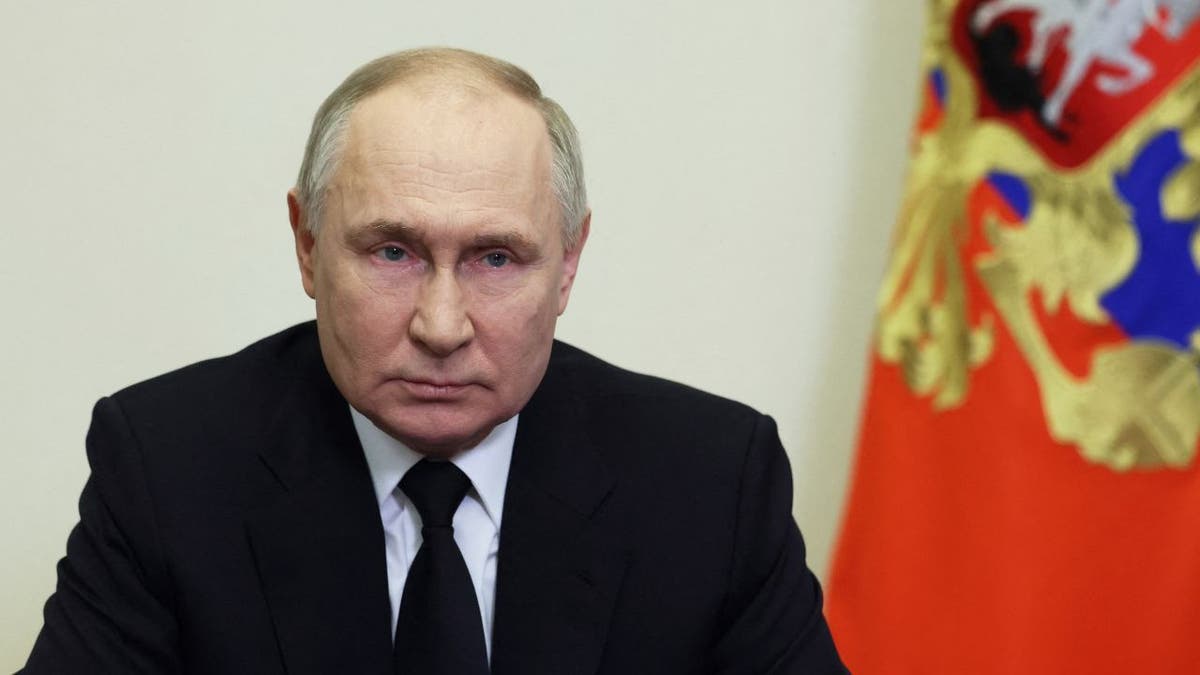
Navalny was Putin’s most prominent opposition leader in Russia. (Mikhail Metzel/Pool/AFP via Getty Images))
Navalny’s allies have called the U.S. assessment naive, and some European countries are skeptical that it wouldn’t have been directed by Putin.
Navalny’s ally Leonid Volkov said in a statement that anyone claiming Putin didn’t order his death, “clearly do not understand anything about how modern day Russia runs. The idea of Putin being not informed and not approving killing Navalny is ridiculous.”
Slawomir Dębski, of the Polish Institute of International Affairs, said the chances of Navalny’s death being unintentional were small.
“Navalny was a high-value prisoner, politically, and everybody knew that Putin was personally invested in his fate,” he said, according to the Journal. “The chances for this kind of unintended death are low.”
Navalny’s Anti-Corruption Foundation has also said that Putin ordered his death to prevent his release in a potential prisoner swap with the U.S. Putin said in March that the two agreed to the swap.
World
Ireland looking to send asylum seekers back to UK: Report
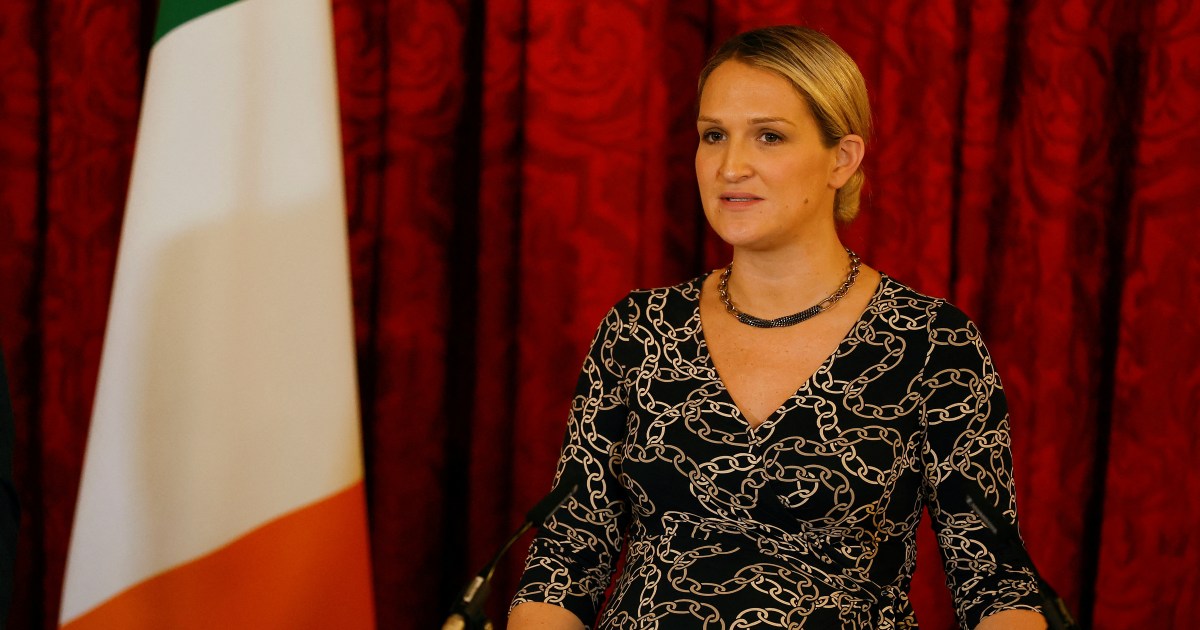
UK Prime Minister Rishi Sunak says it’s evidence that his plan to send asylum seekers to Rwanda is acting as a deterrent.
The Republic of Ireland is looking to amend the law to allow the return of asylum seekers to the United Kingdom, according to broadcaster RTE, after an influx over the border with Northern Ireland, which is part of the UK.
Dublin’s Minister of Justice Helen McEntee, who will visit London on Monday, told a parliamentary committee this week that she estimates 80 percent of those applying for asylum in the republic came over the land border with Northern Ireland.
UK Prime Minister Rishi Sunak told Sky News it was evidence that London’s plan to send asylum seekers to Rwanda is acting as a deterrent.
“What it shows, I think, is that the deterrent is … already having an impact because people are worried about coming here,” he said.
In response, a spokesperson for Ireland’s Prime Minister Simon Harris said the leader “does not comment on the migration policies of any other country but he is very clear about the importance of protecting the integrity of the migration system in Ireland”, RTE reported.
“Ireland has a rules-based system that must always be applied firmly and fairly,” Harris also said.
The spokesperson added that the Irish PM had asked his justice minister “to bring proposals to cabinet next week to amend existing law regarding the designation of safe ‘third countries’ and allowing the return of inadmissible International Protection applicants to the UK”.
McEntee is expected to discuss a new returns policy when she meets British Home Secretary James Cleverly in London on Monday.
“That’s why I’m introducing fast processing, that’s why I’ll have emergency legislation at cabinet this week to make sure that we can effectively return people to the UK and that’s why I’ll be meeting with the home secretary to raise these issues on Monday,” she told RTE.
Ireland had previously designated the UK a “safe third country” to return asylum seekers to, but last month the Irish high court ruled that this breached European Union law, stopping the process.
The UK’s Rwanda bill cleared its final parliamentary hurdle last Monday after a marathon tussle between the upper and lower chambers of parliament.
Sunak hopes the bill will prevent asylum seekers from trying to enter the UK on small boats over the English Channel from northern Europe.
-

 Kentucky1 week ago
Kentucky1 week agoKentucky first lady visits Fort Knox schools in honor of Month of the Military Child
-
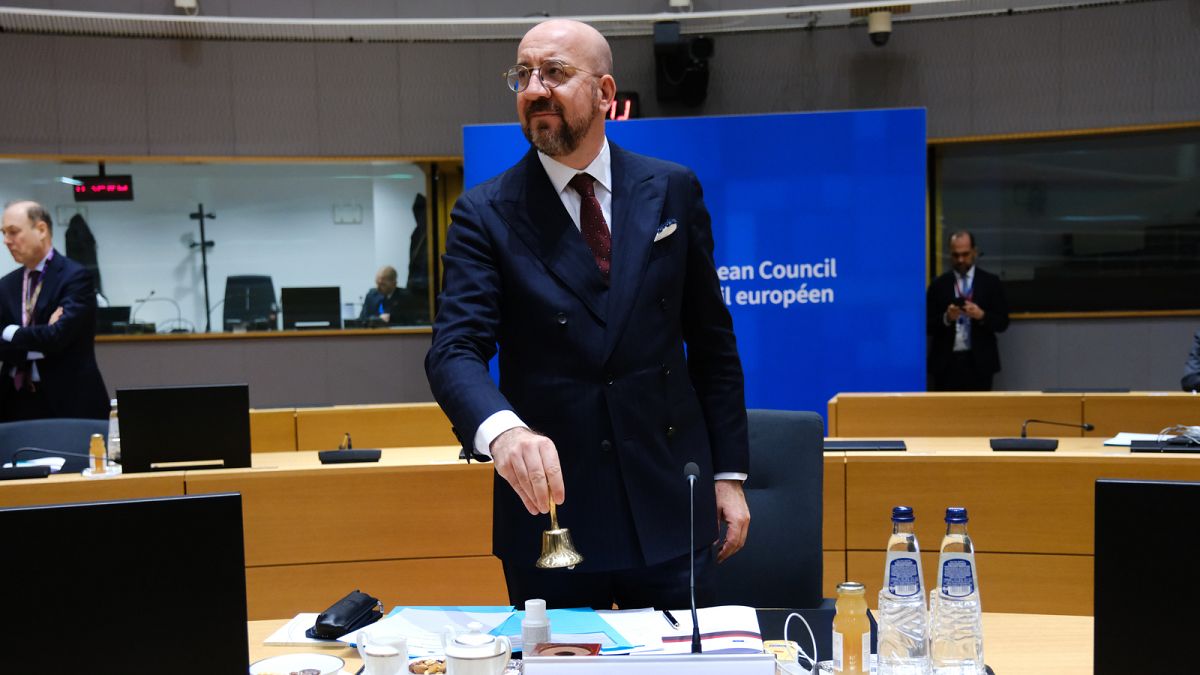
 World1 week ago
World1 week agoEU leaders weigh Lebanon partnership in response to Middle East crisis
-

 Movie Reviews1 week ago
Movie Reviews1 week agoFilm Review: Challengers – The Knockturnal
-

 World1 week ago
World1 week agoIranian media says three drones downed after explosions heard in Isfahan
-
News1 week ago
Maryland high school student arrested after authorities discovered a 129-page document detailing school shooting plan, police say | CNN
-

 World1 week ago
World1 week agoShipping firms plead for UN help amid escalating Middle East conflict
-

 News1 week ago
News1 week agoVideo: Kennedy Family Endorses President Biden
-
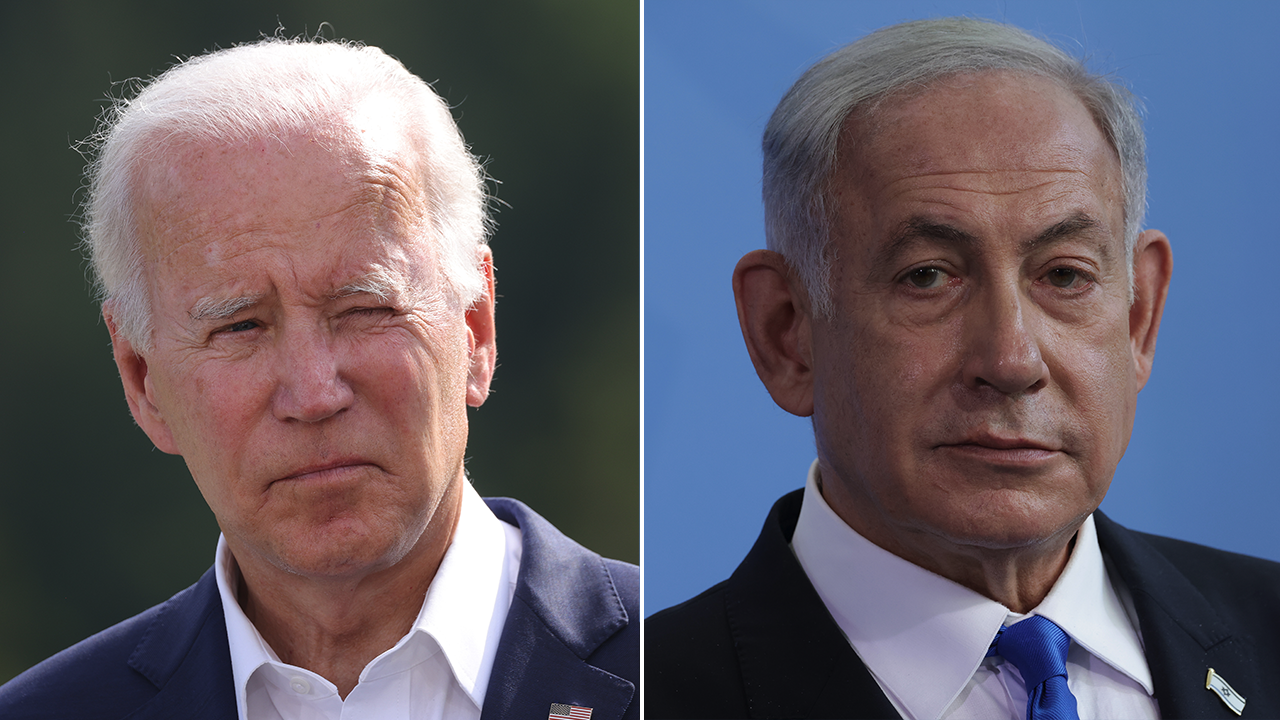
 Politics1 week ago
Politics1 week agoIsrael hits Iran with 'limited' strikes despite White House opposition
















